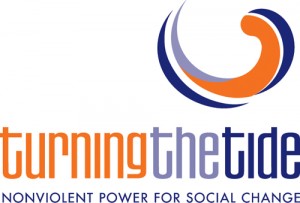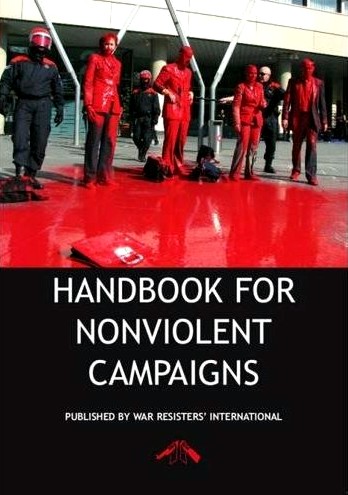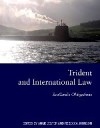Action AWE is a campaign committed to nonviolence. Any Direct Action Training as listed or organised will be based on nonviolent methodology.Nonviolence however as a standard of practice can be adopted and used in many situations other than Direct Action.
This video give a three minute history of some of the achievments of nonviolence over many years…..
Turning the Tide (TTT) has been working with campaigning groups since 1996 and has a pool of Resource People, activist trainers with a broad range of expertise and experiences. TTT offers workshops on nonviolence designed around the interests and needs of the group.
It might include exploring our understandings of nonviolence analysing power and how change can happen working effectively as a group. Get in touch to see if we can help:
Denise [email protected] 020 7663 1064,
or Steve [email protected] 020 7663 1061
The War Resisters lnternational handbook on nonviolence is available as a download below or a printed copy can be ordered from the WRI website.
HANDBOOK FOR NONVIOLENT CAMPAIGNS published by WAR RESISTERS’ INTERNATIONAL
FEBRUARY 2009
War Resisters’ International (WRI) produced this handbook, drawing on the experiences of groups in many countries and different generations
of activists. At the heart of every nonviolent campaign are the resourcefulness and commitment of the activists involved and the quality of the
message with which they reach out — a message that may raise questions about how things are, stir people out of resignation about what is happening or might happen, attract allies, or demand a say in decisions that affect their/our lives.
One of the notions central to nonviolent campaigns is ‘empowerment’: a sense of how you can make things happen, especially if you join with others.
There are many dramatic images of nonviolent action. Indeed, the ability to dramatise an issue is one of the strengths of nonviolence; it tries to make people see and act on what often passes unnoticed. However, this drama doesn’t just happen. It gestates — in groups or cells of activists, in discussions, in training sessions, in reflecting on previous experiences, in planning, in experimenting,
in making contacts. That is why this Handbook is grounded in what groups have done and how they have done it. We are not attempting to present a definitive model, but to suggest methods that have worked in various contexts and that can be adapted by creative nonviolent activists in their own situations.
Quote on nonviolence training, from book:
“My first training experience was for the 15th of May action in Israel in 2003. I was a Chilean conscientious objector who had been involved in campaigning against militarism for a number of years. The training was truly empowering to me, and I went back home with the urge to share what I had learned and that if we wanted to be successful in our actions, training ourselves was going to be essential. The next actions we did were not just with all the group standing in front of the military building but with a higher level of risk because of the higher level of confidence we had, because we were prepare and trained for it.” Javier Gárate

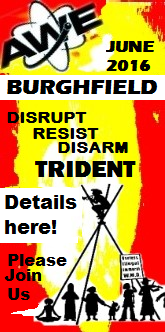
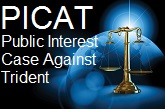
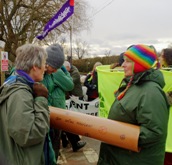





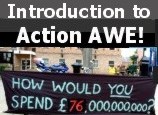

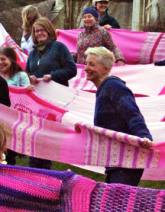
 Nuclear weapons crime in the UK has been reported to Thames Valley Police.
Nuclear weapons crime in the UK has been reported to Thames Valley Police.


